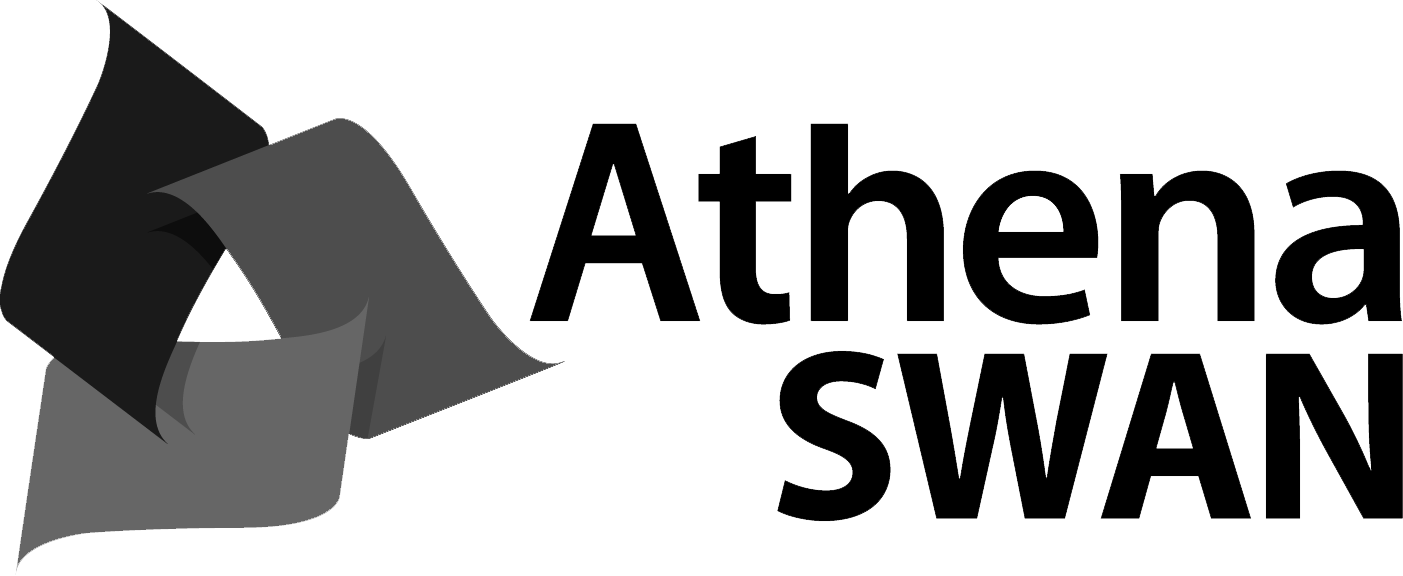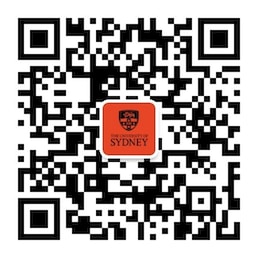Radiography Work Integrated Learning 8 is the final unit of study in which students undertake clinical simulation in diagnostic radiography. Students will be expected to demonstrate entry level practitioner competence in all general radiographic examinations and some advance imaging modalities. Students will be given the opportunity to participate in a variety of complex radiographic modalities using on-campus simulation, functioning equipment and demonstrating key professional capabilities in relation to being an ethical, communicative practitioner.
Unit details and rules
| Academic unit | Clinical Imaging |
|---|---|
| Credit points | 6 |
| Prerequisites
?
|
None |
| Corequisites
?
|
MRTY4042 |
|
Prohibitions
?
|
None |
| Assumed knowledge
?
|
None |
| Available to study abroad and exchange students | No |
Teaching staff
| Coordinator | Sue Miller, sue.miller@sydney.edu.au |
|---|---|
| Lecturer(s) | Sue Miller, sue.miller@sydney.edu.au |
| Tutor(s) | Peter O'Reilly, peter.oreilly@sydney.edu.au |





